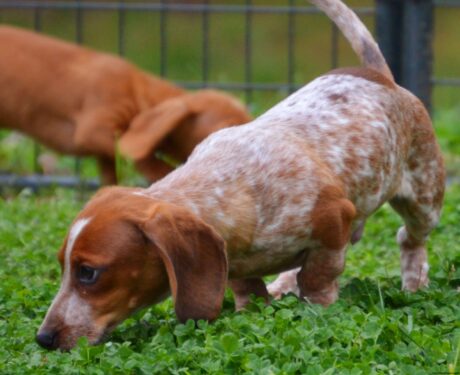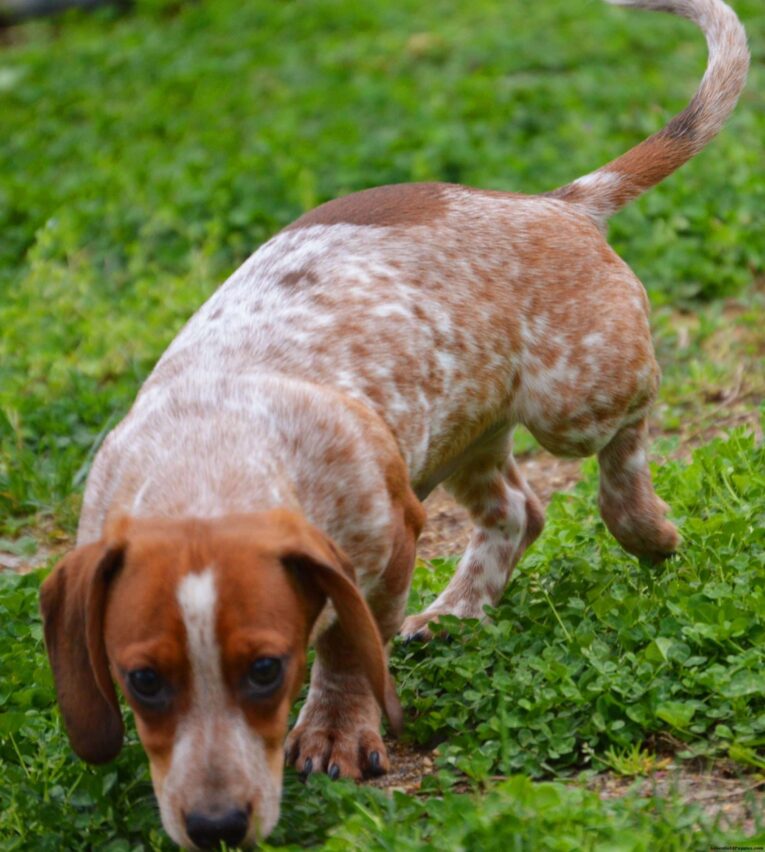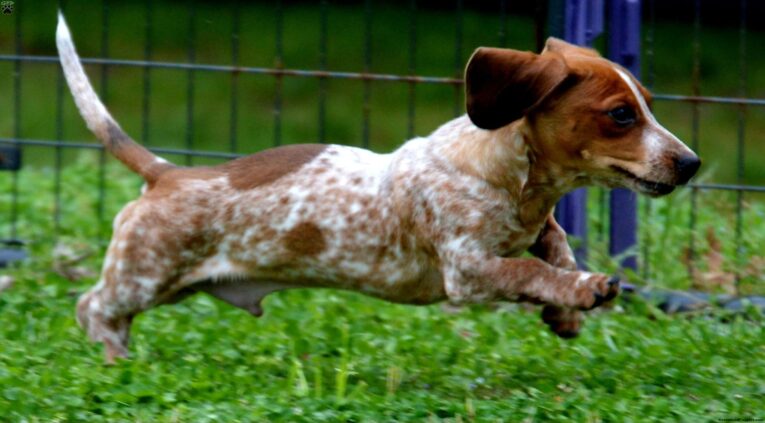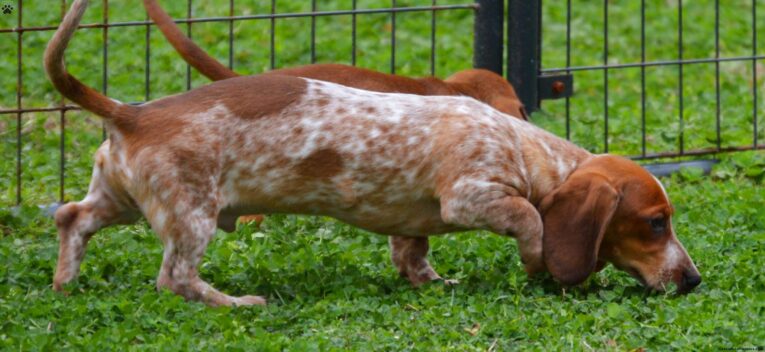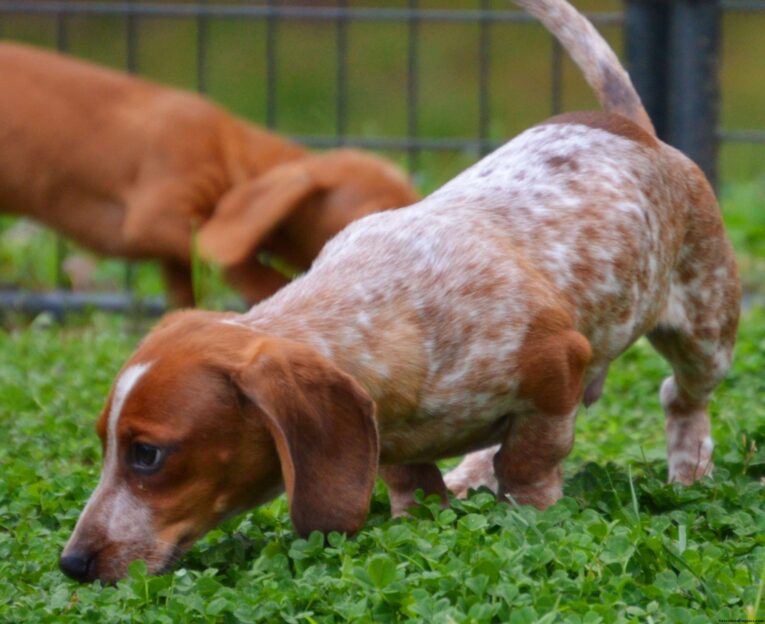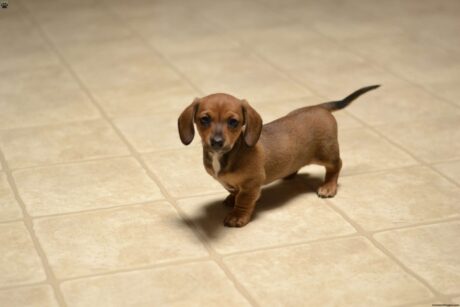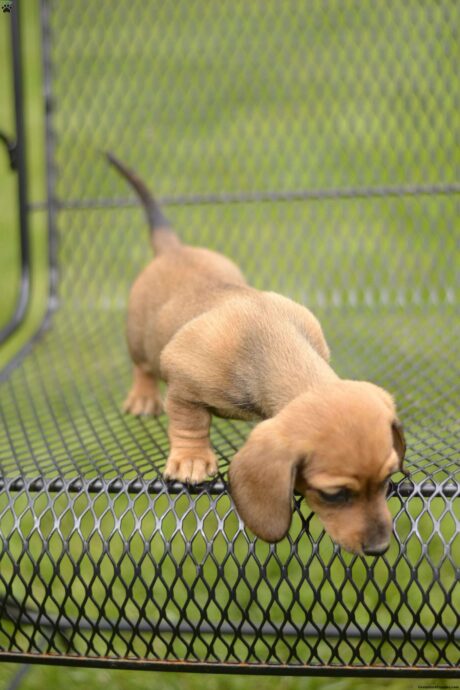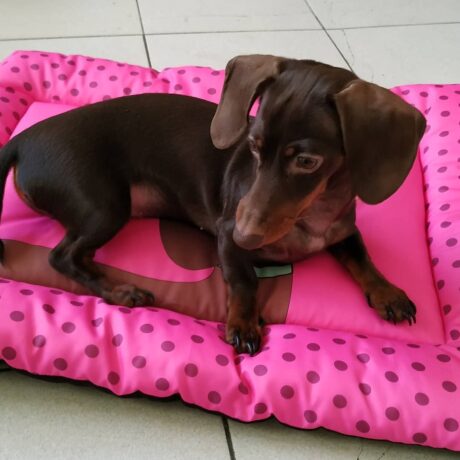The Ultimate Guide to Long-Haired Dachshunds
The long-haired dachshund is a fascinating and charming breed that captivates dog lovers worldwide. Known for their distinctive long, flowing coats and spirited personalities, these dogs make excellent companions for those willing to meet their grooming and exercise needs. This comprehensive guide will explore every aspect of the long-haired dachshund, from their history and characteristics to their care and training.
History and Origin of Long-Haired Dachshund
The dachshund breed has a rich history dating back to the 15th century in Germany. Initially bred for hunting badgers, their name means “badger dog” in German. The long-haired variety is believed to have been developed by crossing smooth dachshunds with spaniels and possibly other long-haired breeds. This combination produced a dog with the dachshund’s signature body shape and a flowing coat.
Characteristics and Appearance
Physical Attributes
Long-haired dachshunds have a distinctive appearance with their elongated bodies, short legs, and long, silky coats. They typically weigh between 16 and 32 pounds and stand about 8 to 9 inches tall at the shoulder. Their coats come in various colors, including red, black and tan, cream, and chocolate. The long, wavy hair requires regular grooming to prevent matting and keep it looking its best.
Temperament
Known for their lively and affectionate nature, long-haired dachshunds are loyal and loving pets. They are intelligent and quite stubborn, which can make training challenging. However, with patience and consistency, they can learn a variety of commands and tricks. They are also known for their playful and curious personalities, often getting into mischief if they need to be adequately supervised.
Caring for Your Long-Haired Dachshund
Grooming Needs
The long coat of this dachshund variety requires more maintenance than its smooth-coated counterparts. Regular brushing, ideally daily, helps prevent tangles and mats. Bathing should be done as needed, typically every few weeks, with a gentle dog shampoo. Trimming their nails regularly and checking their ears for signs of infection is also essential.
Diet and Nutrition
A balanced diet is crucial for maintaining the health and vitality of a long-haired dachshund. High-quality commercial dog food that meets their nutritional needs is recommended. Be mindful of portion sizes to prevent obesity, which can exacerbate back problems common in dachshunds due to their long spines. Fresh water should always be available.
Exercise Requirements
Despite their small size, long-haired dachshunds are energetic dogs that require regular exercise. Daily walks and playtime help keep them physically fit and mentally stimulated. Due to their hunting background, they enjoy activities that engage their sense of smell, such as scent trails and puzzle toys.
Training and Socialization
Basic Training
Training a long-haired dachshund requires patience and positive reinforcement techniques. Start with basic commands such as sit, stay, and come. Consistency is vital, as dachshunds can be independent and occasionally stubborn. Using treats and praise as rewards will help motivate them during training sessions.
Socialization
Early socialization ensures your long-haired dachshund grows into a well-adjusted adult dog. Expose them to various people, environments, and other animals from a young age. This helps prevent fearfulness and aggression, promoting a friendly and confident demeanor.
Health and Lifespan
Common Health Issues
Long-haired dachshunds are generally healthy, but like all breeds, they are prone to specific health issues. Due to their elongated spines, intervertebral disc disease (IVDD) is a common concern. Obesity can exacerbate this condition, so maintaining a healthy weight is crucial. Other potential health issues include hip dysplasia, epilepsy, and dental problems.
Lifespan
With proper care, long-haired dachshunds can live a long and healthy life, typically 12 to 16 years. Regular veterinary check-ups, a balanced diet, and adequate exercise contribute to their longevity.
Living with a Long-Haired Dachshund
Compatibility with Families
Long-haired dachshunds make excellent family pets, especially in homes where they receive plenty of attention and interaction. They can be great with children, although supervision is recommended to prevent rough handling. Their playful nature makes them fun companions for kids and adults alike.
Apartment Living
Their small size makes long-haired dachshunds adapt well to apartment living. However, they require regular exercise and mental stimulation to prevent boredom and destructive behaviors. Providing them with toys and engaging activities is essential for their well-being in smaller living spaces.
Adopting a Long-Haired Dachshund
Finding a Reputable Breeder
If you decide to purchase a long-haired dachshund from a breeder, it’s crucial to find a reputable one who prioritizes the health and well-being of their dogs. Look for breeders who perform health screenings and provide a clean, nurturing environment for their puppies. Avoid puppy mills and be wary of breeders who do not allow you to visit their facilities.
Rescue and Adoption
Adopting a long-haired dachshund from a rescue organization is a beautiful option. Many dachshunds in need of homes are waiting in shelters and rescue groups. Adopting a rescue dog provides a loving home to a dog in need and can be a rewarding and fulfilling experience.
Conclusion
Long-haired dachshunds are charming, loyal, and lively companions that bring joy to any household. Their beautiful coats and spirited personalities make them stand out, but they require dedicated care and attention. Understanding their needs and providing proper grooming, nutrition, exercise, and training can ensure a happy and healthy life for your long-haired dachshund.
